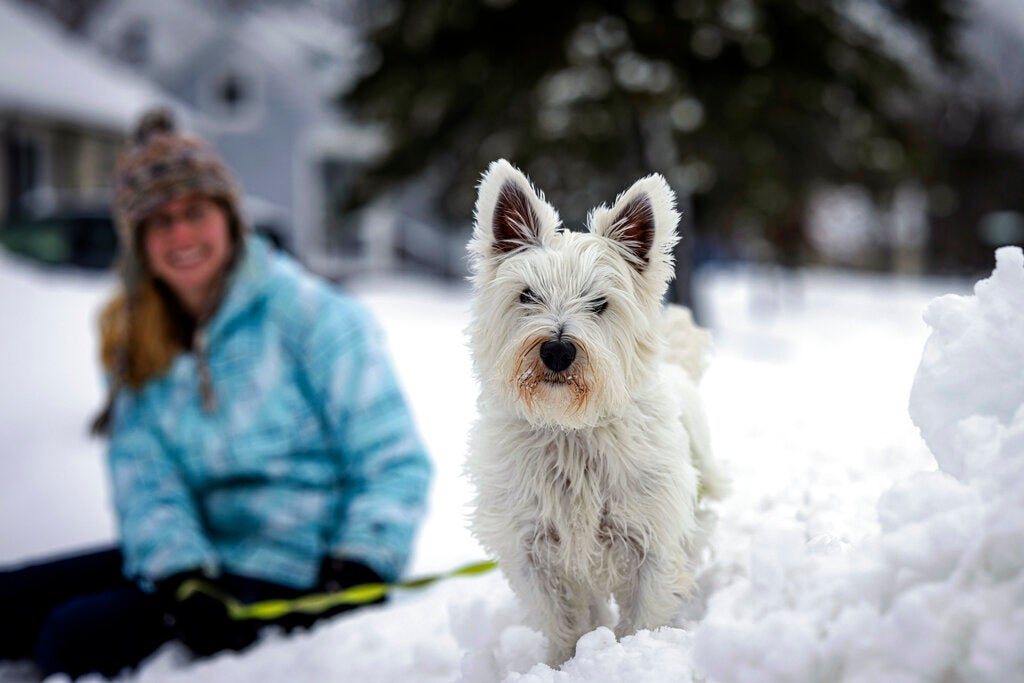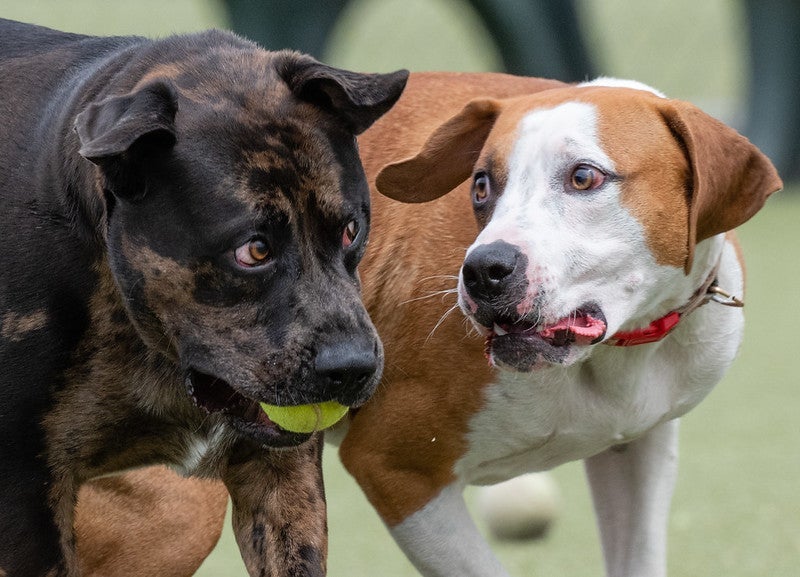Pets can be good at hiding pain and illness, so it’s hard to know when a dog or cat needs emergency care. If a pet parent is on the fence, it’s a good idea to give the vet a call, said Bill Stork, the owner and operator of the Lake Mills Veterinary Clinic.
“There are some really simple observations that you can make to judge how urgent their situation is,” Stork said.
Stork joined “The Larry Meiller Show” to share how to triage pet emergencies.
News with a little more humanity
WPR’s “Wisconsin Today” newsletter keeps you connected to the state you love without feeling overwhelmed. No paywall. No agenda. No corporate filter.
The following interview has been edited for brevity and clarity.
Larry Meiller: Who can pet owners call if they have a pet emergency?
Bill Stork: Before you actually have an emergency, if at all possible, prevent having one in the first place.
Know right off the bat where you are, and, for example, does your regular veterinarian take their own emergency calls and concerns before and after they open? If so, that’s obviously a great option. Emergency hospitals are doing the best to help whenever they can.
Know your options, know who to call, know where they are, and have directions.
Another really sick situation is older clients with big dogs who can’t physically get their dogs in a car. If you’ve got a neighbor, establish a relationship so that you can get help to transport your pet to a facility.
LM: So, there’s a lot of thinking ahead of time.
BS: You bet. And if you have another couple of minutes, a valuable tool is the ability to triage your pet. See if your pet, God forbid, is vomiting, if your pet has diarrhea, if your pet is bleeding, if your pet has a lump, is breathing hard or just feeling lower than a snake’s belly in a wagon.
There are some really simple observations that you can make to judge how urgent their situation is, one of which is respiration. Respiration means a lot for dogs and cats and people. We would like to see, in most circumstances, a respiratory rate to be under 30 for a resting animal that’s not hot or running around. We hope that they’re not open-mouth breathing. Open-mouth breathing is a sign of distress in the resting animal.
And another very simple observation, but a very meaningful observation, is hydration. Many people are aware of a couple of different ways that you can measure an animal’s hydration. One is to put your finger on their gums. If their gums are slippery, they’re pretty well-hydrated. You can pinch the skin above their shoulder blades. If it drops right back into place, they’re not overly dehydrated just yet.
Also, gum color is a very big deal. Take a look at your cats or your dog’s gums; they should be a nice pale pink. Get used to what their gums look like when they’re healthy, so that if they’re pale and tacky, then they’re dehydrated, and you know the difference.
LM: Somebody wonders: Should you ever call 911 if your pet’s in distress?
BS: You know, I don’t think those poor people are going to be able to help us out on the animal side of emergencies.
LM: Well, what if you’re on the fence about whether to call a vet?
BS: If you’re on the fence whether to call a vet or not, then call. We’re always grateful when the phone rings and we’re able to sort things out in the space of a telephone call and give people the assurance that even though their pet may not be 100 percent normal, they’re stable.
Wisconsin Public Radio, © Copyright 2025, Board of Regents of the University of Wisconsin System and Wisconsin Educational Communications Board.




